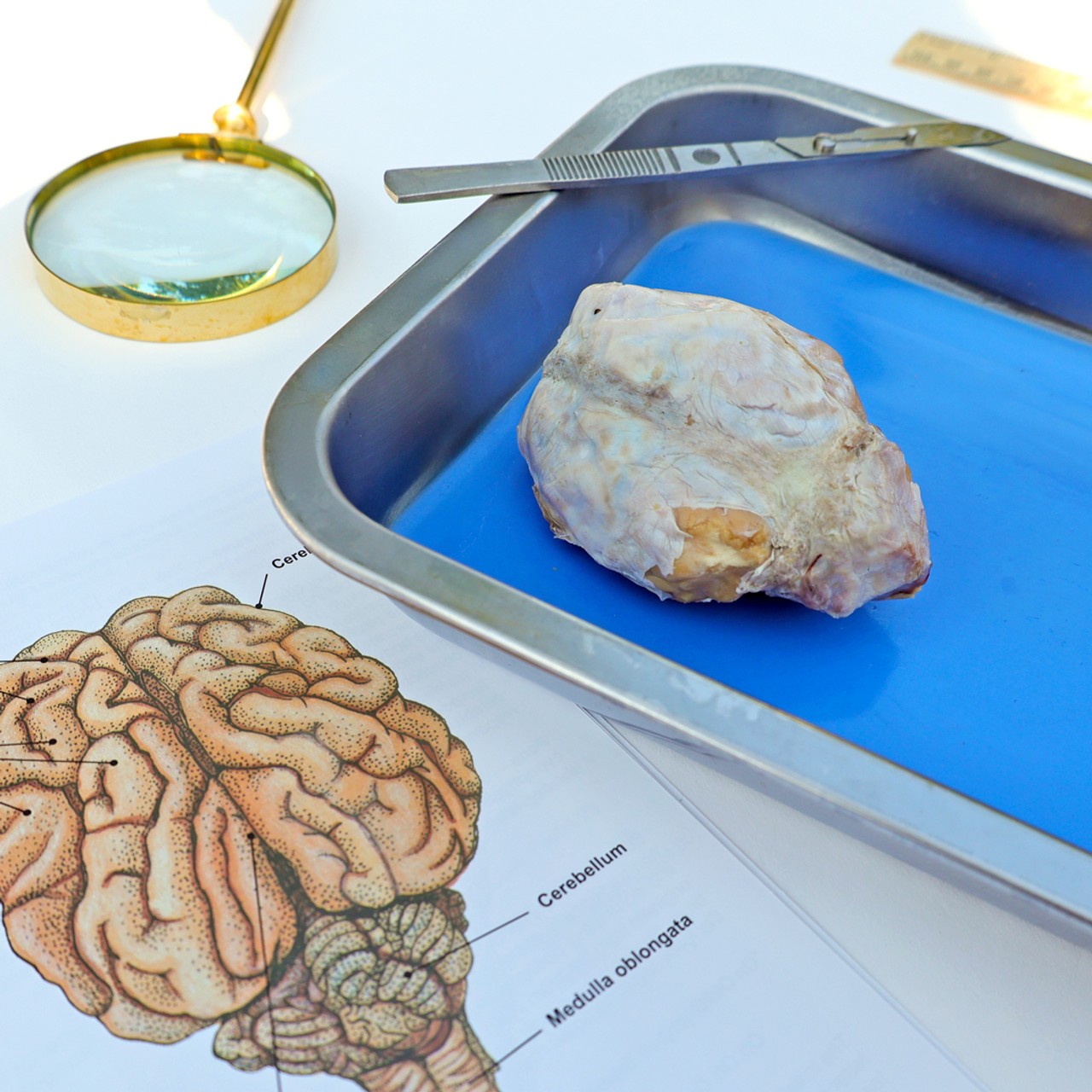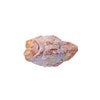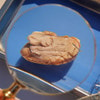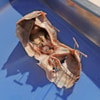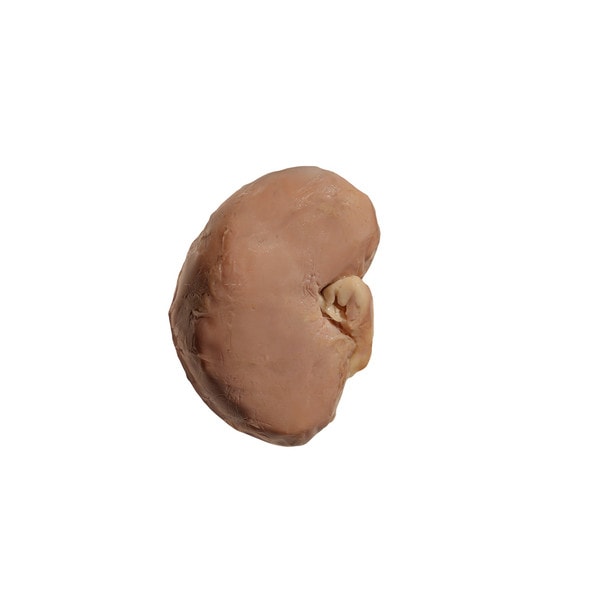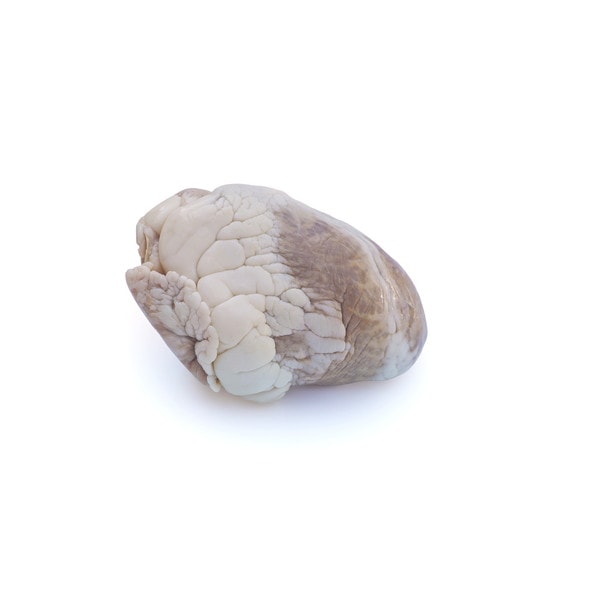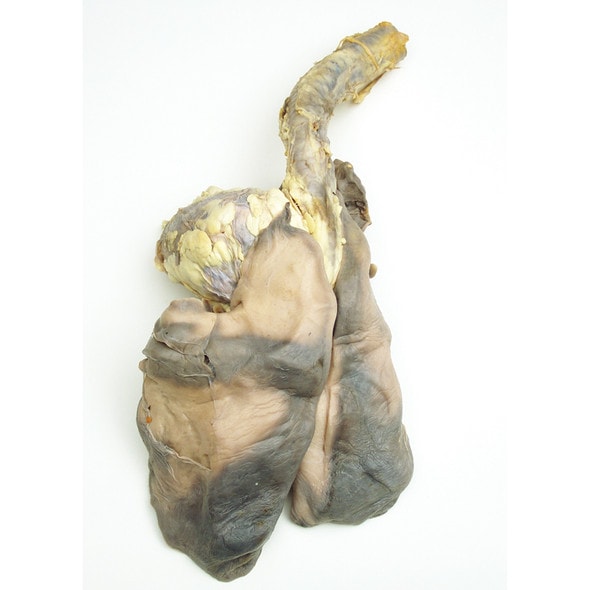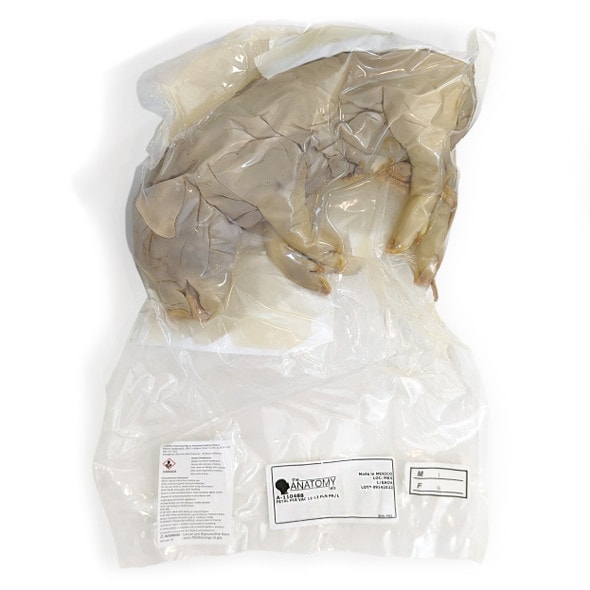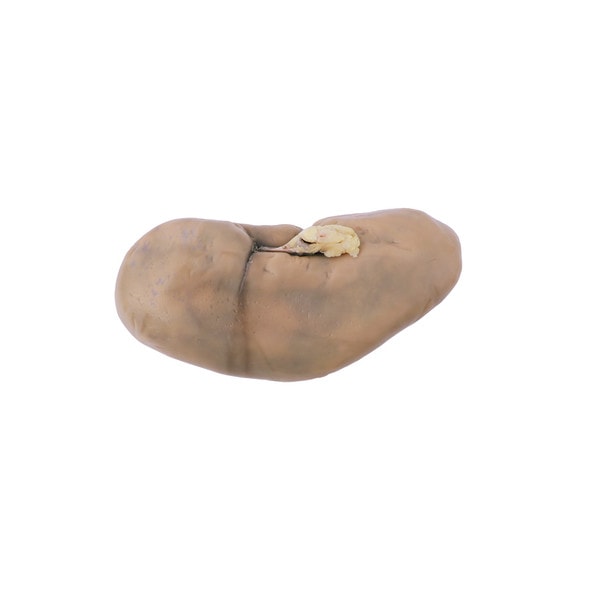Description
Unlock the Mysteries of the Mammalian Brain
The Anatomy Lab Sheep Brain Specimen offers an in-depth look at mammalian neuroanatomy, preserved to maintain natural structures and clarity. Ideal for educational settings, this vacuum-packed specimen allows students to explore the brain’s complex regions in a hands-on way. Whether for high school, college, or professional anatomy studies, this specimen provides a realistic and engaging learning experience. Add it to your lab today and give students the opportunity to dissect, identify, and understand the intricacies of the brain.
Designed for Clear and Practical Neuroanatomy Learning
Used in classrooms and labs across the country, the sheep brain is a staple for studying nervous system structure and function. It is an excellent model for learning brain anatomy, identifying regions such as the cerebrum, cerebellum, brainstem, and optic nerves. Perfect for lessons on neural pathways, sensory processing, and comparative anatomy, this specimen bridges the gap between textbook theory and real-world biology.
Why This Specimen Stands Out in the Classroom
- Preserved for maximum anatomical detail and clarity
- Vacuum-packed to maintain freshness and longevity
- Excellent for studying central nervous system structure
- Ideal for high school, college, and advanced anatomy courses
- Supports both guided dissections and independent study
Key Features
- High-quality preservation for accurate anatomical representation
- Convenient vacuum-sealed packaging for storage and transport
- Ready-to-use — no additional preparation needed
- Suitable for both individual and group lab activities
Technical Specifications of the Product
- Product dimensions: Approximately 3–4 inches in length
- Product weight: varies by specimen and quantity
- Product accessory specifics: Fully Extracted or No Hypophysis
- Included with purchase:
- 1 x Sheep Brain Specimen (Vacuum Packed)
- 1 x Product Manual with handling and disposal instructions
Warning:
This product can expose you to chemicals including formaldehyde, which is known to the State of California to cause cancer, and methanol, which is known to the State of California to cause birth defects or other reproductive harm. For more information go to www.P65Warnings.ca.gov.

